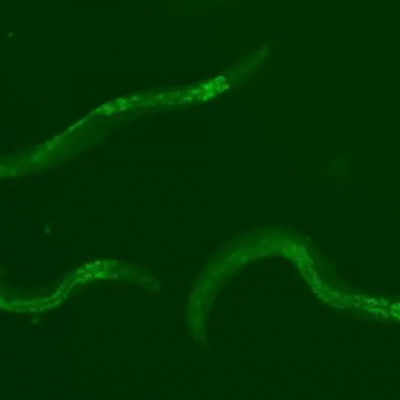A new vaccine has been developed that can eliminate senescent cells, also known as zombie cells, and stop the aging process. These cells do not die but cannot reproduce in the body. They are associated with aging and various age-related diseases in medicine. Zombie cells can cause inflammation and release chemicals in neighboring healthy cells. They primarily arise from the wear and tear of genetic material that occurs with every cell division. Additionally, larger DNA damage can trigger the development of zombie cells. In 2011, scientists demonstrated that eliminating senescent cells inhibits the progression of age-related diseases. Further studies have shown that removing zombie cells can alleviate and even prevent some diseases.
Researchers at Juntendo University have now introduced a vaccine that inhibits the aging process caused by zombie cells, according to a publication in the journal Nature Aging. The scientists identified a protein that occurs in both human and mouse aging cells for the development of their vaccine. They then developed a peptide vaccine that triggers an immune response against this protein. The vaccine trains the immune system to produce antibodies against the protein of senescent cells. This antibody recognizes the cells and eliminates them. The researchers tested the vaccine on mice with arteriosclerosis, a thickening and hardening of the arterial walls that often occurs in older people. The vaccine significantly improved arteriosclerosis in animal experiments. Additionally, the vaccine slowed down the pathological and normal aging of the animals and increased the lifespan of mice with premature aging.
Professor Toru Minamino explained to Japan Times that “the scientists believe that the vaccine can be used to treat arteriosclerosis, diabetes, and other age-related diseases.” However, cellular senescence is not the only aging process, so it is not the key to eternal life. The vaccine’s development is a significant breakthrough in the field of anti-aging research and could potentially lead to the prevention and treatment of age-related diseases.










